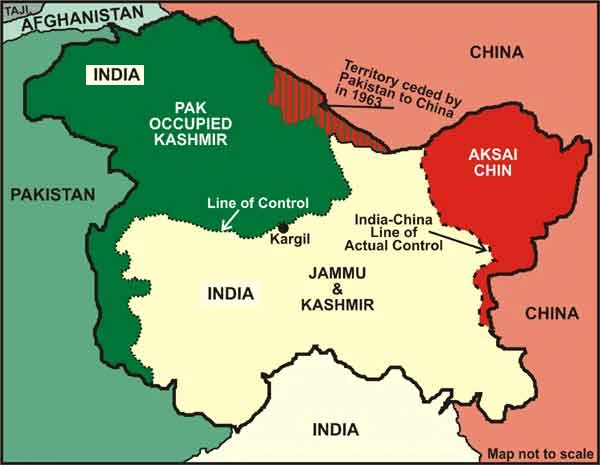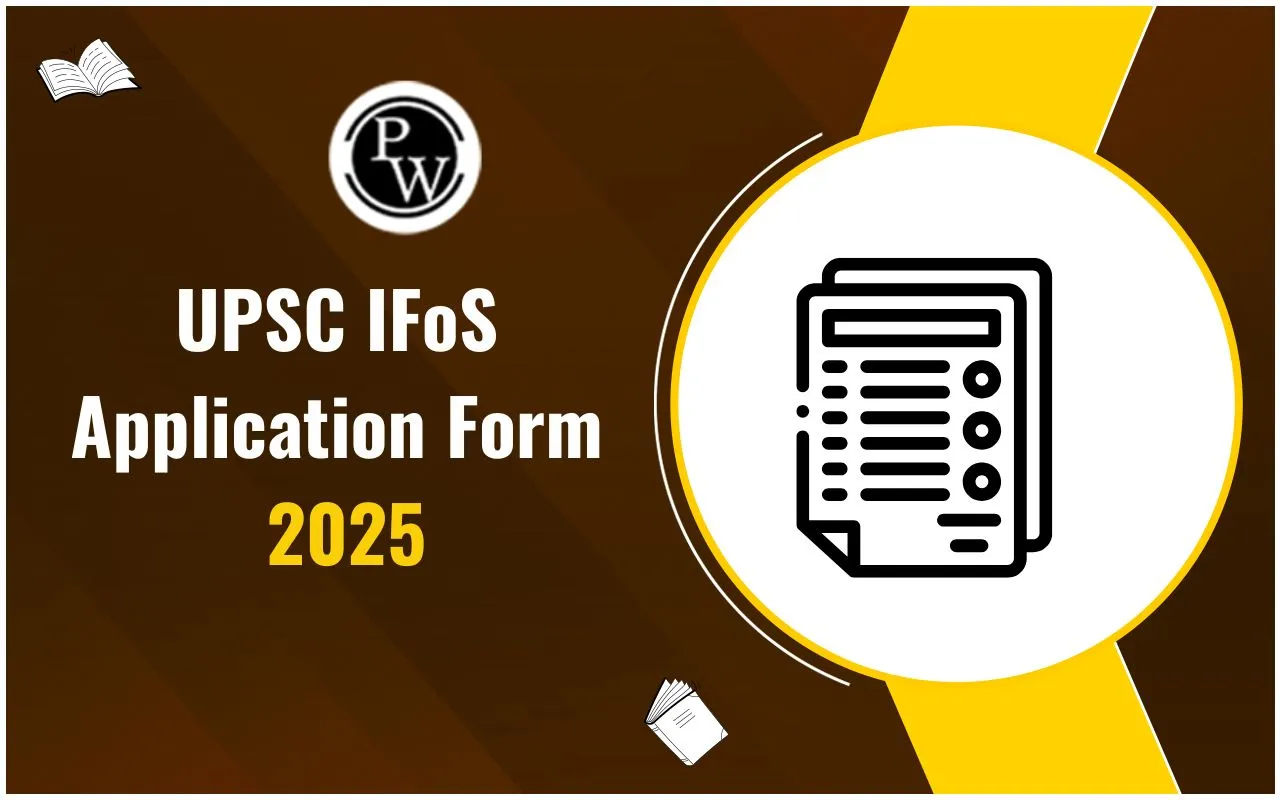
POK full form is Pakistan-Occupied Kashmir. It is situated in the northern region of the Indian subcontinent, is presently occupied by Pakistan. It was previously a part of the princely state of Jammu and Kashmir , governed by a Hindu ruler (Maharaja Hari Singh) despite having a predominantly Muslim population. India's Home Minister Amit Shah reiterated PoK as India's integral part, citing "azaadi" slogans in PoK as a consequence of India's Article 370 abrogation.
What is Full Form of POK?
The full form of PoK stands for Pakistan-Occupied Kashmir, which refers to the region of Jammu and Kashmir illegally occupied by Pakistan since 1947. Azad Jammu & Kashmir (AJK) and Gilgit-Baltistan are two parts of Pok that remained under Pakistan’s control but are internationally recognized as part of India. Pakistan invaded this territory, leading to an unresolved conflict that continues to be a major geopolitical issue.
Candidate can download UPSC Admit Card 2025 Here!
Is POK and Azad Kashmir Same or Different?
POK (Pakistan-occupied Kashmir) and Azad Kashmir (meaning "Free Kashmir") are often used interchangeably, but there are some small differences between the two terms.
-
POK (Pakistan-occupied Kashmir):
-
This term refers to the portion of the former princely state of Jammu and Kashmir that is occupied by Pakistan. It includes areas like Gilgit-Baltistan and Jammu and Kashmir . Azad Jammu and Kashmir is known as Azad Kashmir in Pakistan. Pakistan controls this region, which it administers as a separate territory.
-
Azad Kashmir (Free Kashmir):
-
This term specifically refers to the region of Jammu and Kashmir that Pakistan administers as a nominally self-governing entity . It has its own president , prime minister , and legislative assembly . However, it is not fully autonomous, as Pakistan maintains significant control over its affairs, including defence and foreign policy.
POK Map with India
Nestled in the northern part of the Indian subcontinent, POK shares borders with the Indian Jammu and Kashmir to the east, China to the north and northeast, and Pakistan to the west. The territory encompasses diverse landscapes, including lush valleys, snow-capped mountains, and fertile plains. Despite its disputed status , POK is culturally rich , with a mix of Kashmiri , Pakistani , and Tibetan influences. Its strategic location has been a source of contention between India and Pakistan, shaping regional geopolitics for decades.
POK Map with Jammu & Kashmir
The POK map with Jammu & Kashmir below shows the complete distinction of the Line of Control (LOC) between the territory of India and the Actual Area of J&K under Indian control.

Candidates can check UPSC Syllabus 2025 Here!
How Much Area Does Pakistan Occupied Kashmir (POK) Have?
POK lies to the west of the Indian region of Jammu and Kashmir and the east of the Pakistan-administered region of Gilgit-Baltistan. Pakistan Occupied Kashmir (POK) was occupied by Pakistan in 1947 following the partition of India and the subsequent dispute over the control of the former princely state of Jammu and Kashmir.
-
PoK spans an area of roughly 13,297 square miles, which is approximately equal to 34,000 square kilometres.
-
Situated in the northern region of the Indian subcontinent, it shares borders with Pakistani provinces like Azad Kashmir and Gilgit-Baltistan to the west, and with China's Xinjiang region to the north.
POK Capital
Muzaffarabad, situated in Pakistan-occupied Kashmir within the disputed region of Kashmir, stands as the principal city and serves as the capital of PoK, an occupied territory under Pakistani control. Positioned within Muzaffarabad District, the city lies close to the merging point of the Jhelum and Neelum rivers. This district is bordered by the Pakistani province of Khyber Pakhtunkhwa to the west, the Kupwara and Baramulla districts of the Indian region Jammu and Kashmir to the east, and the Neelum District to the north.
POK History
In 1947, the British Indian Empire underwent partition, resulting in the creation of two independent nations, India and Pakistan , based on religious lines . Jammu and Kashmir, a region with a predominantly Muslim population, was given the choice to align with either country.
-
Initially, the Hindu ruler, Maharaja Hari Singh , opted for independence but later opted to join India by signing the Instrument of Accession.
-
However, Pakistan opposed this decision, leading to its invasion and occupation of parts of the region, now referred to as Pakistan occupied Kashmir .
-
Since then, Jammu and Kashmir has remained a contested territory , with both India and Pakistan claiming sovereignty.
-
The situation has been further complicated by the presence of various separatist factions in the region, advocating for independence or increased autonomy for Jammu and Kashmir.
Ready to boost your UPSC 2025 preparation? Join PW's UPSC online courses today!
What is Full Form of POK FAQs
Is POK part of Pakistan?
What does POK mean?
What is the full name of POK country?
Are there any Hindus in PoK?
Is Ladakh under POK?







